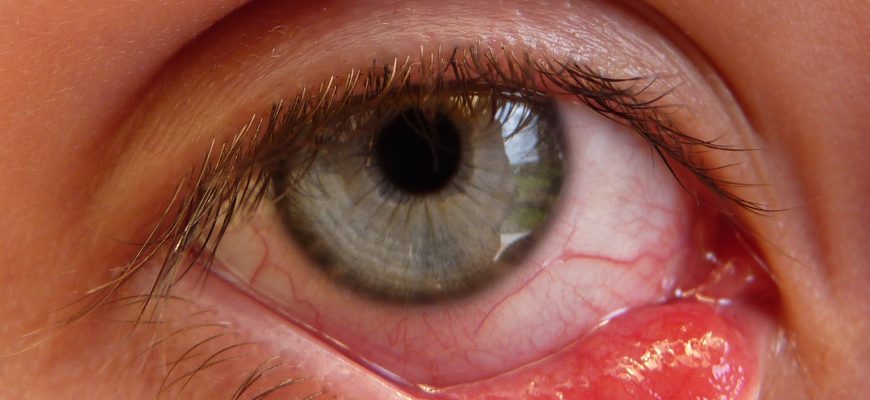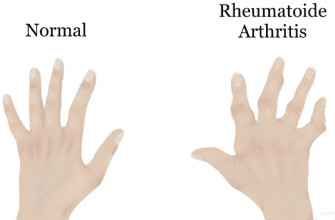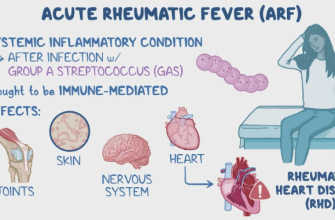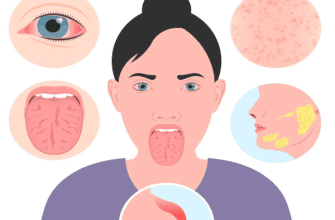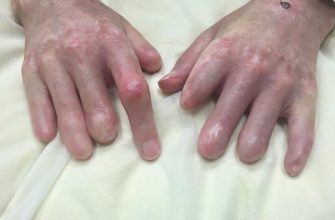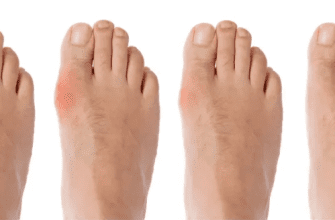What Is a Chalazion?
A chalazion is a painless, slow-growing lump on the eyelid caused by a blocked oil gland (meibomian gland). Unlike a stye (hordeolum), it is not infectious but results from oil buildup and inflammation.
Key Facts (American Academy of Ophthalmology [AAO]):
✔ Common in adults 30-50, but can occur at any age.
✔ Often resolves on its own within weeks to months.
✔ Can recur in people with chronic blepharitis or rosacea.
Types of Chalazia (AAO)
- Single Chalazion – One isolated lump (most common).
- Multiple Chalazia – Several lumps (linked to underlying conditions like blepharitis).
- Recurrent Chalazion – Returns in the same spot (may require further treatment).
Symptoms (Mayo Clinic)
✔ Small, firm lump on upper or lower eyelid (usually painless).
✔ Mild swelling or redness (if inflamed).
✔ Blurry vision (if large enough to press on the eyeball).
✔ Heaviness or discomfort when blinking.
Not Usually Present:
- Severe pain (suggests a sty or infection).
- Fever or pus drainage (signs of infection).
Diagnosis (American Optometric Association [AOA])
- Physical Exam – Doctor checks the lump’s size, location, and tenderness.
- Eyelid Evaluation – Looks for blepharitis or rosacea (common triggers).
- Rare Cases – Biopsy if cancer (sebaceous gland carcinoma) is suspected.
Treatment (AAO & NIH)
1. Home Care (First Line of Treatment)
Warm Compresses – Apply for 10-15 mins, 3-4x/day (helps unclog the gland).
Gentle Massage – After warm compress, massage toward the eyelid edge.
Eyelid Hygiene – Use baby shampoo or lid wipes (for blepharitis).
2. Medical Treatment
- Steroid Injection (Kenalog) – Shrinks stubborn chalazia.
- Incision & Drainage – If large and persistent (done in-office).
3. Prevention of Recurrence
✔ Treat underlying blepharitis/rosacea.
✔ Avoid heavy eye makeup if prone to clogged glands.
✔ Use artificial tears if eyes are dry.
Red Flags: When to See a Doctor (AAO)
Seek medical attention if:
- The lump doesn’t improve after 4 weeks of home treatment.
- It grows very large, affecting vision.
- The eyelid becomes severely red, painful, or pus-filled (infection risk).
- You have frequent recurrences (may need specialist care).
